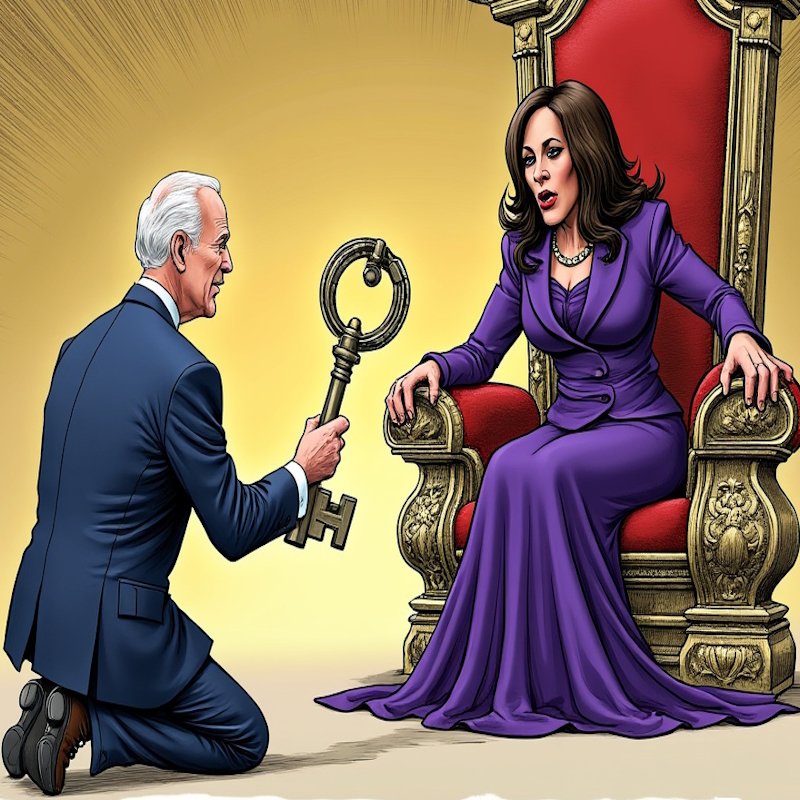Alright, folks, buckle up. We’re about to dive into something that’s part history lesson, part political circus, and part “what in the world is going on up there?” I’m talking about the filibuster. You know, that old Senate rule where a bunch of people in fancy suits stand around talking for so long that everyone just gets tired and quits trying to pass laws. Or at least that’s what it feels like sometimes.
Now, before we get into why some folks want to toss the filibuster out like last week’s leftovers, let’s talk about what the filibuster really is. Think of it as the “speed bump” in the Senate, making sure laws don’t just zoom through without a second thought. You want to pass a bill? Cool. Get 60 people on board, or it’s back to the drawing board. It’s the political equivalent of getting a bunch of people to agree on pizza toppings – easy, right? No pineapple here, folks.
But lately, Democrats and Republicans have been arm-wrestling over this thing like it’s the last slice at a Super Bowl party. Why? Because, depending on who you ask, the filibuster is either the Senate’s great tool of compromise or the thing clogging up Congress worse than a hairball in a drain. And as we all know, nobody wants to deal with that mess. So, let’s take a good look at why Democrats want to get rid of it and why Republicans would rather keep it around, even if it means enduring a lot of speeches that make watching paint dry sound exciting.
The Filibuster’s Rich History
First up, the Democrats. If you ask them, the filibuster is like trying to use a leaf blower to clear snow – a big old hassle that doesn’t really get the job done. You see, when one party has control of the White House and both chambers of Congress, that doesn’t automatically mean they can pass whatever they want. No way. Because of the filibuster, they need 60 votes to push through major bills. It’s like having a brand-new Ferrari but being stuck in rush-hour traffic.
And what’s on their agenda? Oh, you know, just a few small things like healthcare reform, climate change laws, voting rights, and immigration reform. No biggie. Except it is. They want to pass big, bold legislation, but the filibuster is standing there like a bouncer at the club, telling them, “Sorry, you’re not on the list.” So, the progressive wing of the party is saying, “Let’s ditch this filibuster so we can move this along!” To them, it’s like running a marathon with ankle weights – and who’s got time for that when there’s an agenda to push?
And here’s where it gets interesting: Democrats have also started to say that the filibuster is, wait for it… racist. Really? They’re pulling out the old “this thing was used by segregationists to block civil rights” card. Let’s clear the air on this one. The filibuster has no more racial ancestry than your Aunt Mabel’s fruitcake has nutritional value. Sure, in times past, it was used to obstruct civil rights legislation, but its use wasn’t confined to dubious purposes. In fact, the filibuster first saw the light of day back in 1837 – a time when Americans were preoccupied with Andrew Jackson’s bank shenanigans.
So, why do Democrats really want to get rid of it? Because it’s slowing down their agenda. They’ve got big plans and can’t stand the idea that a few Republicans (or even one of their own, cough Joe Manchin cough) can grind everything to a halt.
Filibuster Timeline
- 1837: First appearance of the filibuster
- 1917: Senate adopts Rule 22, allowing cloture with a two-thirds majority
- 1975: Senate reduces the cloture requirement to three-fifths (60 votes)
- 2013: “Nuclear option” used to eliminate filibuster for most presidential nominations
- 2017: Filibuster eliminated for Supreme Court nominations
The Republican Perspective
Now, on the flip side, we’ve got the Republicans. And they look at the filibuster like it’s the last roll of duct tape during an apocalypse: they’re not letting go of it without a fight. Why? Because for them, the filibuster is the only thing stopping Democrats from turning America into some sort of progressive utopia – you know, free college for everyone, Green New Deals, and universal healthcare. In other words, a recipe for disaster.
The filibuster prevents the Senate from turning into a fast-track version of the House of Representatives, where bills can fly through quicker than you can say “government shutdown.” The Senate is meant to be the more deliberate, steady body, where members from both parties come together, like a Thanksgiving dinner with plenty of squabbling over who botched the turkey, but no one walks out (well, usually).
Republicans think the filibuster keeps the government from going off the rails, swinging from one extreme to another every time a new party takes over. Without it, they say, we’d get laws passed today that’d be repealed tomorrow. They like the filibuster because it forces compromise – or at least it used to, back when people actually talked to each other in Washington. These days, it’s more like a defensive wall to block everything the other side wants.
And let’s be real: Republicans know that if the filibuster goes, they’re out of luck the next time Democrats hold all the cards. It’s like playing poker and suddenly realizing the house can change the rules whenever they want. Not cool.
Partisanship Concerns
No argument is complete without addressing the elephant in the room – partisanship. If the filibuster were eliminated, Congress risks passing laws with zero opposition support, escalating the tension further. Imagine legislation pendulums swinging back and forth with each election cycle. It’s a rollercoaster ride, and not the fun, amusement park kind. Essentially, without the filibuster, the American legislative process could slip into chaos, or as the Republicans put it, “policy whiplash.”
Pros and Cons of the Filibuster
| Pros | Cons |
|---|---|
| Encourages bipartisan cooperation | Can obstruct majority will |
| Prevents rapid policy changes | May lead to legislative gridlock |
| Protects minority rights | Can be used to block important legislation |
| Promotes thoughtful deliberation | May slow down urgent policy responses |
Conclusion
Look, the filibuster’s not going anywhere anytime soon, even though both parties gripe about it. It’s a tool – like a wrench you sometimes use to fix a leaky pipe and other times accidentally smash your thumb with. It’s been around for a long time, and it’s not going to disappear without a serious fight.
Democrats want to scrap it because they see it as an outdated obstacle to progress. Republicans want to keep it because they see it as a safeguard against political chaos. In the end, both sides have used and abused it, depending on who’s in charge. And if we’re being honest, that’s probably not going to change.
But here’s the thing: getting rid of the filibuster is like trying to make a cat bark—it’s practically impossible. And even if, against all odds, it happens, the chaos that follows might be an even bigger headache than what we started with. But hey, that’s politics for you.






